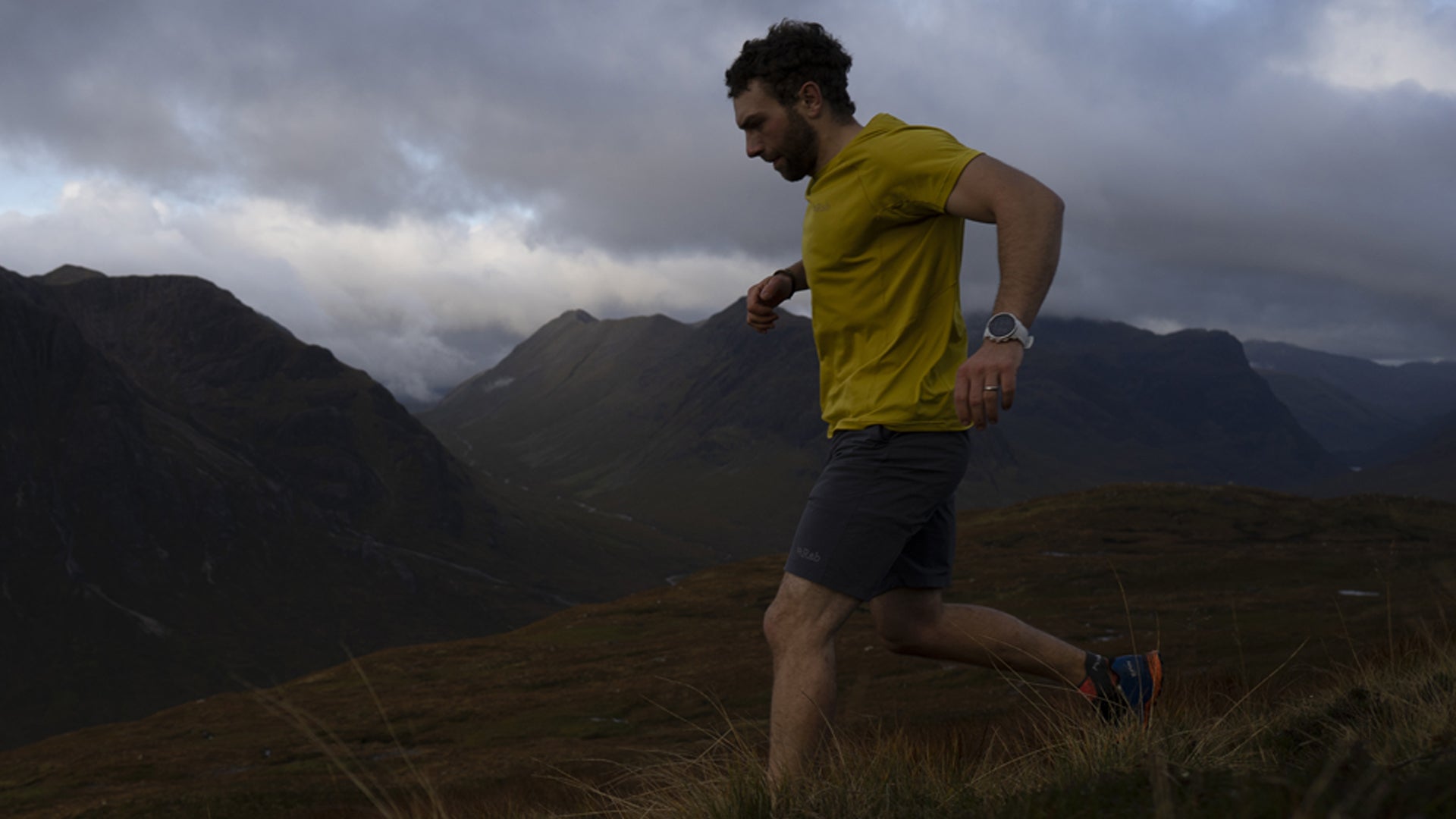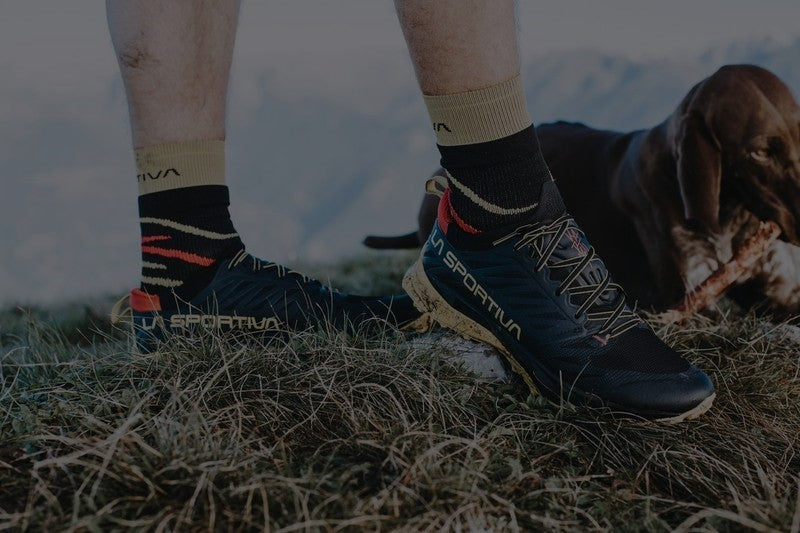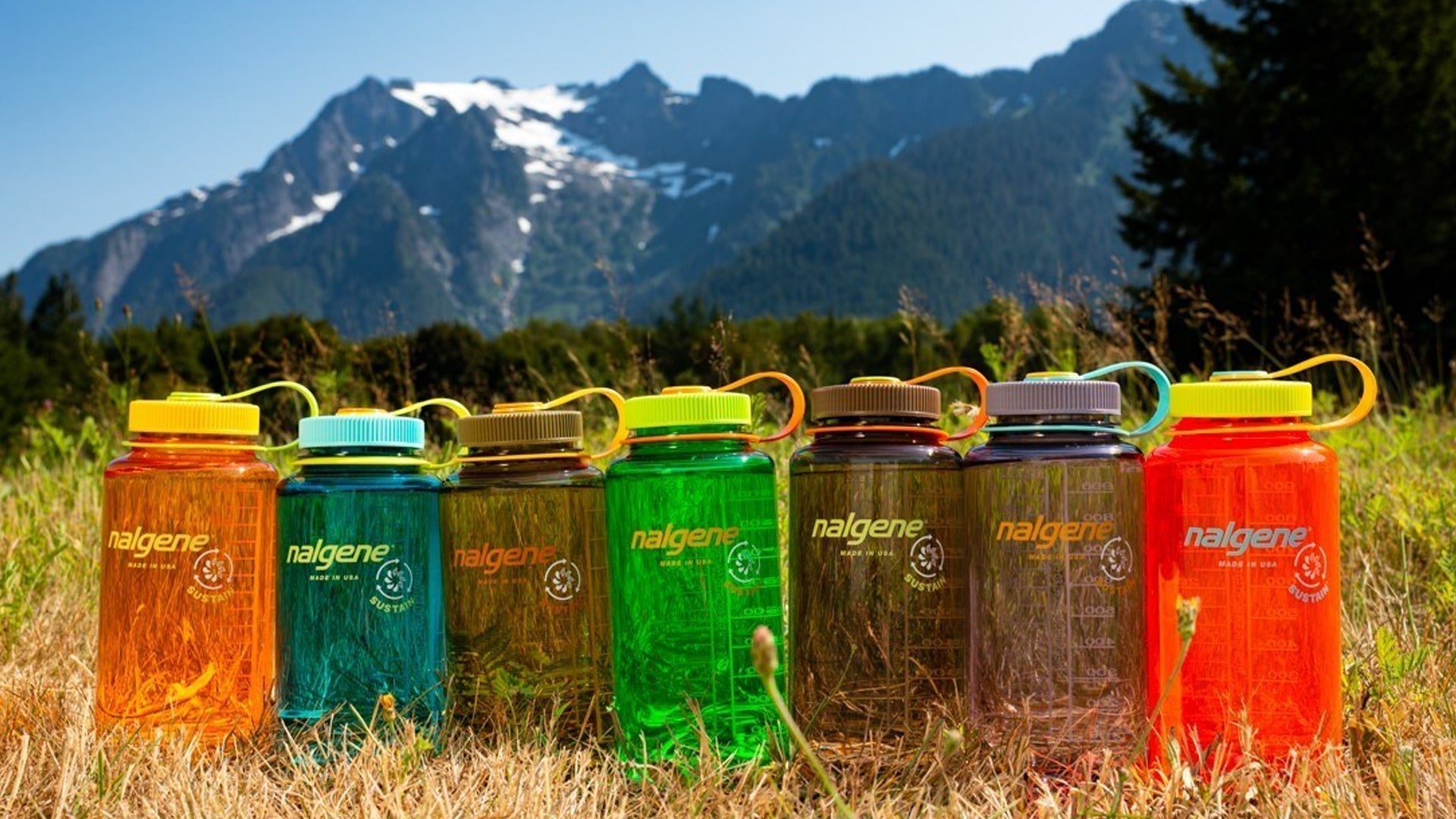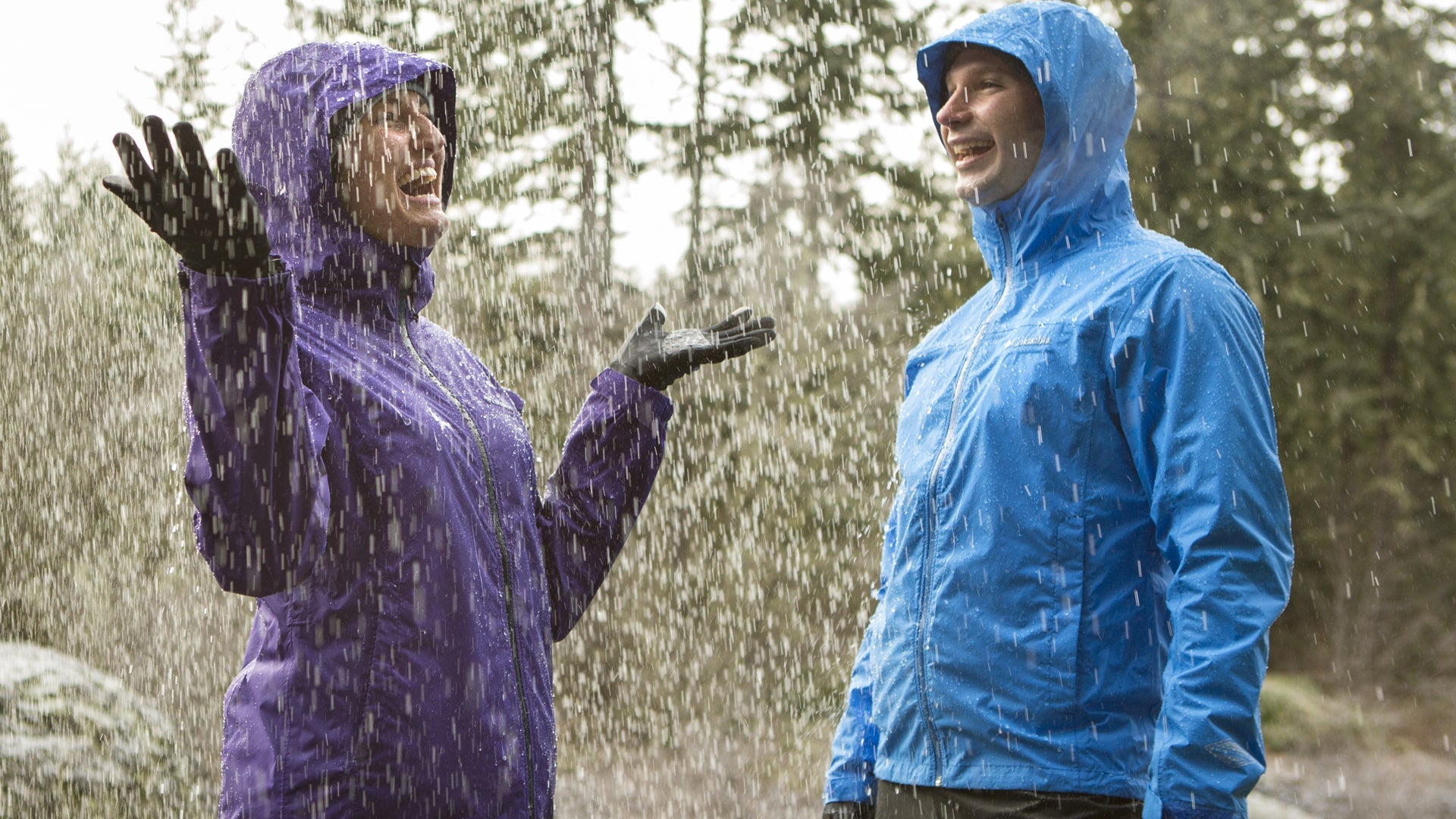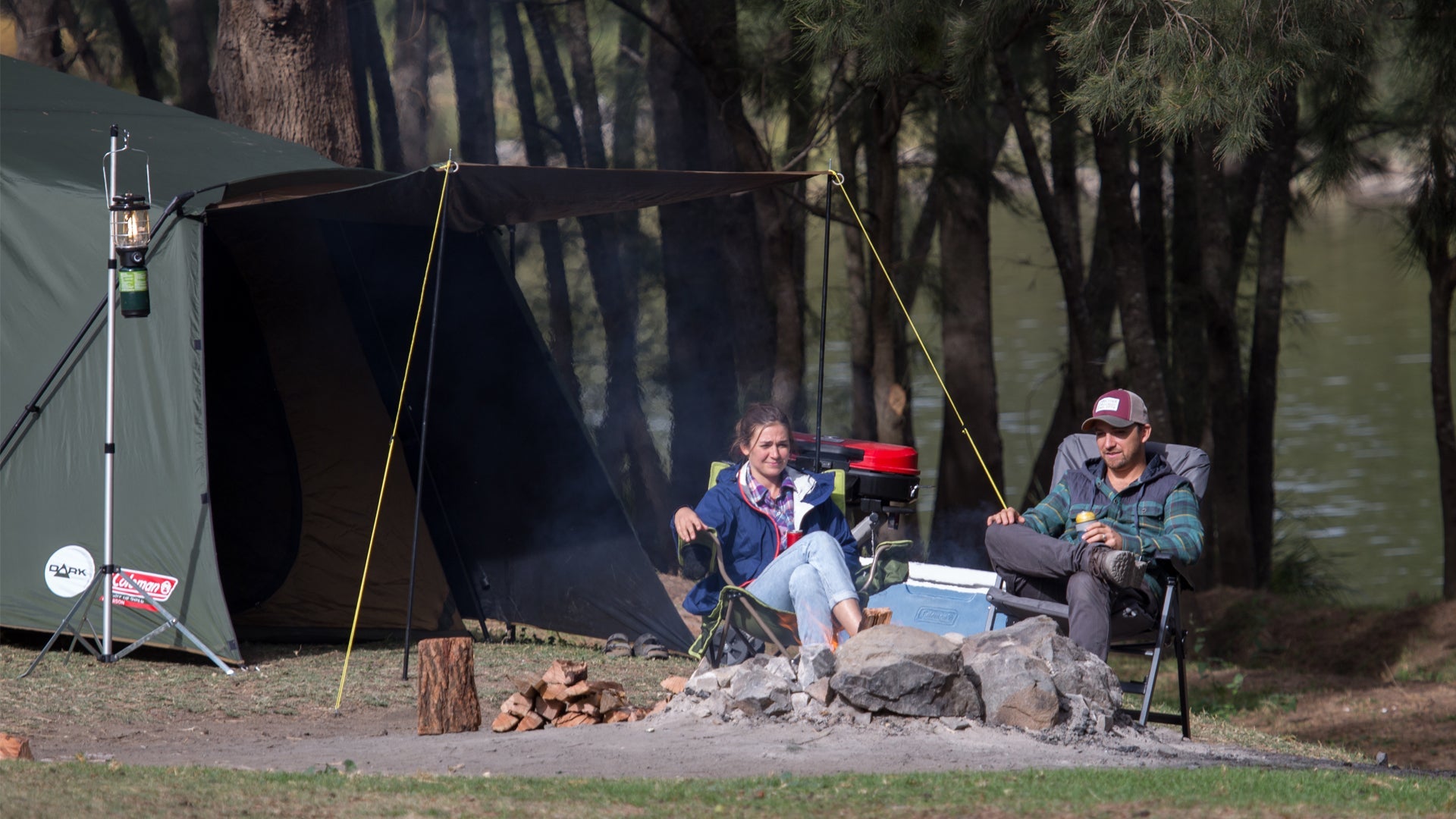Why Outdoor Jackets Need Reproofing More Often
Understanding PFC-Free DWR and What It Means for Your Gear
Outdoor jackets are designed to handle tough conditions — from multi-day hikes in the mountains to sudden downpours around town. But if you’ve noticed your jacket getting damp more quickly than it used to, you’re not imagining things.
As most outdoor brands shift toward PFC-free Durable Water Repellent (DWR) coatings, gear now requires more frequent reproofing to maintain performance. Here's why, and how to stay on top of it.
What Is DWR?
DWR (Durable Water Repellent) is a treatment applied to the outer fabric of waterproof and water-resistant jackets. It causes water to bead and roll off the surface, instead of soaking in — preventing what's known as “wetting out.”
This works alongside a waterproof membrane (like GORE-TEX, Pertex Shield, or polyurethane) to keep you dry and comfortable. When the outer fabric absorbs water, the jacket can feel cold, heavy, and less breathable — even if it isn’t leaking.
The Shift to PFC-Free DWR
For years, outdoor brands relied on perfluorinated compounds (PFCs) to create long-lasting water-repellent finishes. These chemicals are highly effective, but they’re also persistent in the environment — leading to long-term pollution concerns.
Most leading outdoor brands — including Rab, Patagonia, The North Face, Marmot, and Vaude — have now switched to PFC-free alternatives that are:
- Non-toxic
- Biodegradable
- Safer for the environment and people
The downside? These newer DWRs don’t last as long, which means your jacket will need reproofing more often to maintain its performance.
Why You Need to Reproof
Even if your jacket’s waterproof membrane is still intact, a worn-out DWR coating will allow the outer fabric to absorb water. This leads to a number of performance issues:
- Feels heavier and damp
- Loses breathability
- Takes longer to dry
- Feels colder when wet
What causes DWR to wear out?
- Friction from backpack straps and cuffs
- Oils from skin, sweat, and dirt
- Sunlight (UV exposure) and rain
- Washing, even with gentle detergents
DWR is designed to wear out and be reapplied — just like the tread on your boots.
How to Care for and Reproof Your Jacket
Giving your jacket proper care will extend its performance and help you stay dry.
1. Clean
Use a specialist outdoor detergent — not regular laundry detergent — to clean the fabric without stripping away the DWR. We recommend:
- Nikwax Tech Wash
- Grangers Performance Wash
2. Reproof
When you notice that water is no longer beading on the surface, it’s time to reproof. Use a PFC-free treatment such as:
- Nikwax TX.Direct (spray-on or wash-in)
- Grangers Performance Repel Plus
3. Dry
Check the care label. Some jackets can be tumble dried on low or gently ironed to help bond or reactivate the treatment. Air-drying is fine for others.
Tip: If water is soaking into the fabric instead of forming droplets, your jacket needs reproofing.
A Small Trade-Off for a Healthier Planet
The move away from PFCs is a big step toward reducing the environmental impact of outdoor gear. Reproofing more often might take a bit more effort, but it’s worth it for:
- Cleaner waterways
- Safer ecosystems
- More sustainable product life cycles
Brands are also improving the durability of PFC-free finishes over time — and with proper care, your jacket can perform like new for years.
In Summary
Modern outdoor jackets are made with PFC-free water repellent coatings that are safer for the planet — but they wear off faster than traditional versions. Typically every few months or approx. 10 uses they will need maintaining.
With a simple care routine, your jacket will stay:
- Water-repellent
- Breathable
- Ready for changing weather
More care = better performance + less environmental harm.



